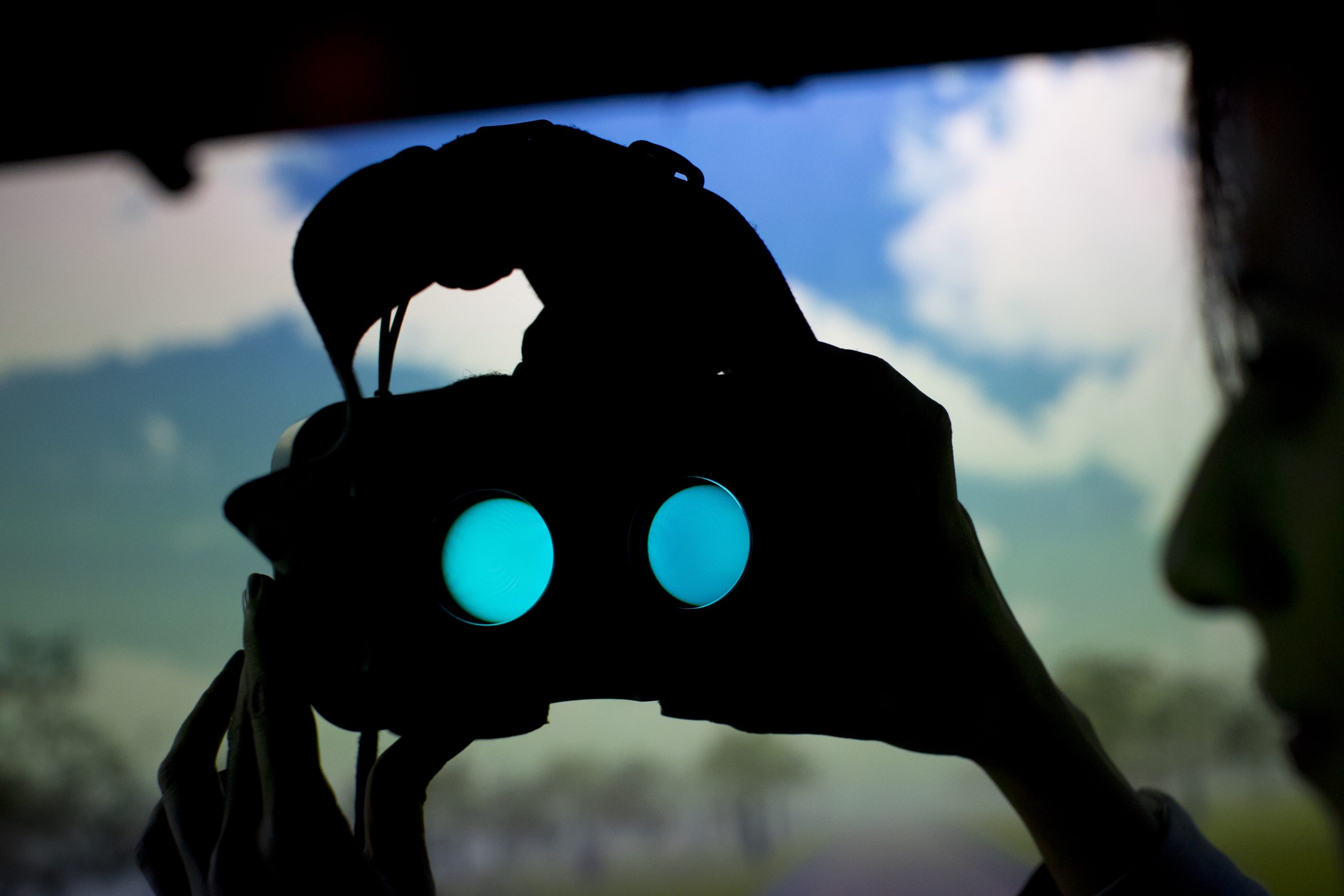Photo by Ryan Brandenberg
Imagine taking your organization to a new immersive virtual world, instead of spending an immense amount of time on a one-dimensional platform like Zoom.
For Ethan Berg, BBA ’20, online learning spaces gave him the opportunity to break into the education space with his virtual platform, Agora. He developed Agora during his time at Temple as a Risk Management and Entrepreneurship double major. The online virtual reality (VR) platform provides an interactive human element in online spaces without having to use a VR headset.
“The goal of Agora is to provide companies the opportunity to create their own 3D platform,” says Berg. “This technology will allow these companies to generate social interactions within their teams and implement a physical community through the internet.”
Berg highlights how Agora also focuses on dropping the barriers to entry by creating a personalized user-friendly experience that allows everyone to participate.
“As a company, we took into account that there are many people or communities that are limited in their access to digital devices,” says Berg. “It is important that we as a company lower the barriers to entry so that people of all ages, abilities and backgrounds are able to create an immersive virtual space.”
When Steven Sclarow, assistant professor of management information systems (MIS) learned about Agora, he thought it was a great bridge between the virtual and in-person classroom.
“I teach a UX class for the students who are MIS minors and I had the opportunity to bring a new tool and concept into the classroom. I thought that Agora was a great fit,” says Sclarow. “This platform will allow (students) to directly work with the company and create their own new virtual environment.”
Through this course, Sclarow will assign students in this MIS Digital Design and Innovation class to a project using Agora. They will be challenged with creating their own online school or college at Temple University or a fictional university of their choosing. The project must include a new website for the school or college plus a Metaverse immersive campus, building and classroom experience. The students will act as subject-matter experts to design this new approach to higher education.
“Over the course of the pandemic, students have been placed into a virtual learning world,” says Sclarow. “These students will one day become or work with UX designers, so this project gives them the hands-on experience of creating their own virtual environment. One of the key parts to this project is interviewing and testing it on other people. Students will be able to get real-time feedback and be able to develop their product based on people’s responses.”
Sclarow emphasizes that a core concept of the class is getting the students to understand that their design team should be empathetic to their end-users. A key part of the product’s success is whether it is designed to have the end-user in mind.
“A lot of products on the market just have really good branding, but do not always add value for the user,” says Sclarow. “The teams that will be most successful in this project will be able to identify their typical users and develop distinct UX solutions that speak to their end users’ needs.’
At the end of the semester, the students will present their team projects to the class. Their presentation will consist of a real-time walkthrough that shows the compelling user experience they created utilizing two platforms, the WordPress Genesis framework to develop a website and the Agora platform to create a Metaverse immersive experience.
When Berg found out that his alma mater was investing in Agora to use in a classroom setting, he felt honored that the Fox School was taking a chance on him and his product.
“This shows how Temple is open to change and is really pushing for the future of virtual education,” says Berg. “I am personally a product of Fox and it is great to see how they are investing back in their own students and courses that provided me with the education to create a product like Agora.”

